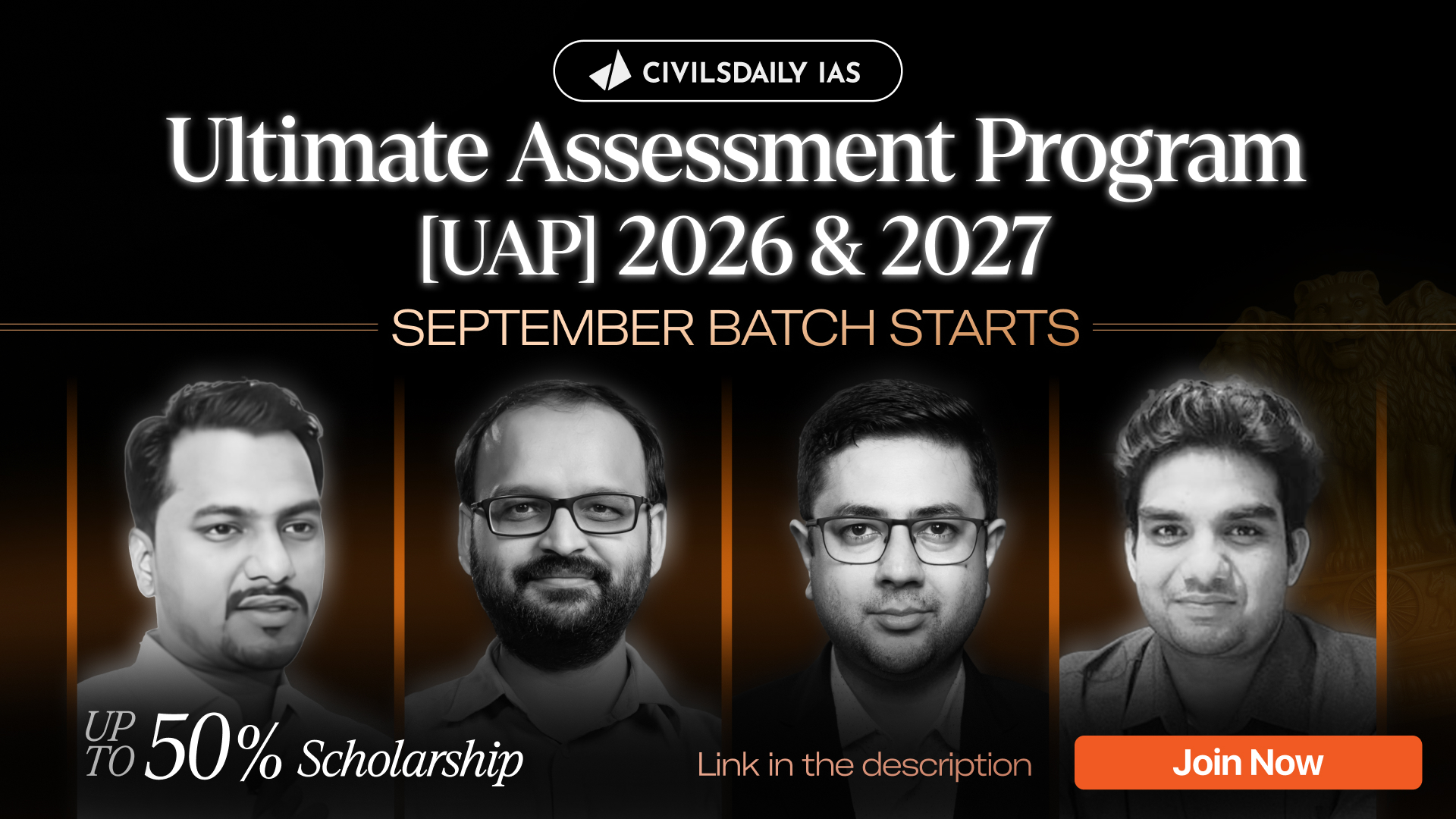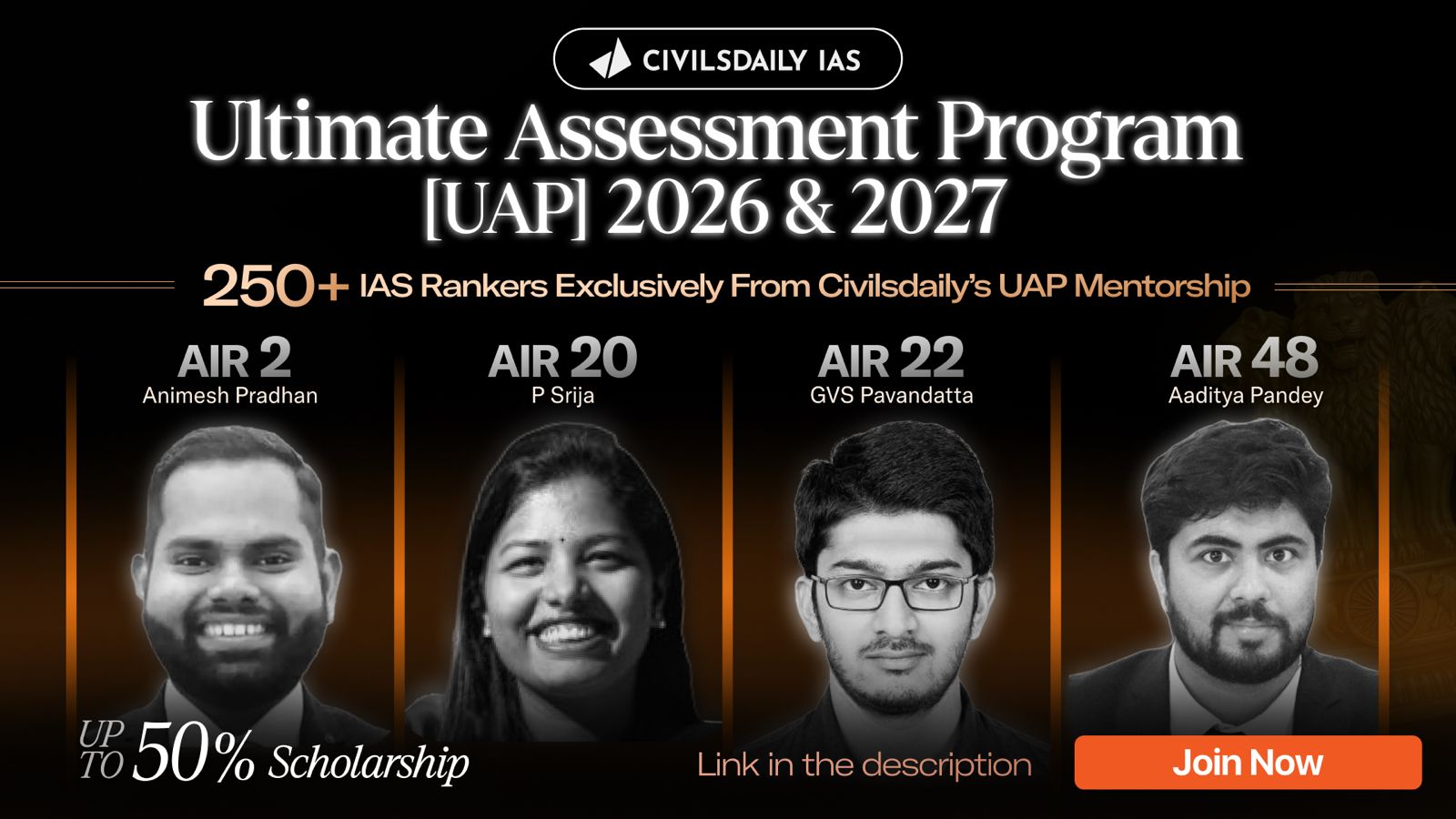From UPSC perspective, the following things are important :
Prelims level: Freedom of speech and reasonable restrictions
Mains level: Free speech vs. Hate speech

The Supreme Court has said the “buck ultimately stops with the government” to clamp down on hate speech and hate crimes, as they are offenses committed on society.
What is ‘Hate Speech’?
- There is no specific legal definition of ‘hate speech’.
- The Law Commission of India, in its 267th Report, says: “Hate speech generally is an incitement to hatred primarily against a group of persons defined in terms of race, ethnicity, gender, sexual orientation, religious belief and the like …
- Thus, hate speech is any word written or spoken, signs, visible representations within the hearing or sight of a person with the intention to cause fear or alarm, or incitement to violence.”
- In general, hate speech is considered a limitation on free speech that seeks to prevent or bar speech that exposes a person or a group or section of society to hate, violence, ridicule or indignity.
Attributes of Hate Speech
Hate Speech has three important attributes:
- Hate speech can be conveyed through any form of expression, including images, cartoons, memes, objects, gestures and symbols and it can be disseminated offline or online.
- Hate speech is “discriminatory” (biased, bigoted or intolerant) or “pejorative” (prejudiced, contemptuous or demeaning) of an individual or group.
- Hate speech calls out real or perceived “identity factors” of an individual or a group, including: “religion, ethnicity, nationality, race, colour, descent, gender,” but also characteristics such as language, economic or social origin, disability, health status, or sexual orientation, among many others.
How is it treated in Indian law?
- Provisions in law criminalize speeches, writings, actions, signs and representations that foment violence and spread disharmony between communities and groups and these are understood to refer to ‘hate speech’.
- Sections 153A and 505 of the Indian Penal Code are generally taken to be the main penal provisions that deal with inflammatory speeches and expressions that seek to punish ‘hate speech’.
[I] Section 153A:
- Promotion of enmity between different groups on grounds of religion, race, place of birth, residence, language, etc., and doing acts prejudicial to maintenance of harmony’, is an offence punishable with three years’ imprisonment.
[II] Section 505:
- 505(1): Statements conducing to public mischief– The statement, publication, report or rumour that is penalized under Section 505(1) should be one that promotes mutiny by the armed forces, or causes such fear or alarm that people are induced to commit an offence against the state or public tranquillity. This attracts a jail term of up to three years.
- 505(2): It is an offence to make statements creating or promoting enmity, hatred or ill-will between classes.
- 505(3): Same offence will attract up to a five-year jail term if it takes place in a place of worship, or in any assembly engaged in religious worship or religious ceremonies.
Some Supreme Court Judgements
1.Rangila Rasool case
- Rangila Rasool was a tract brought out by a Hindu publisher — that had made disparaging remarks about the Prophet’s private life.
- Cases against the first pamphlet, filed under Section 153A, were dismissed by the Punjab and Haryana High Court, which examined the question whether targeting religious figures is different from targeting religions.
- This debate in interpretation prompted the colonial government to enact Section 295A with a wider scope to address these issues.
2. Ramji Lal Modi v State of Uttar Pradesh
- The constitutionality of Section 295A was challenged.
- The Supreme Court upheld the law on the grounds that it was brought in to preserve “public order”.
- Public order is an exemption to the fundamental right to freedom of speech and expression and the right to religion recognised by the Constitution.
3. Ramlal Puri v State of Madhya Pradesh
- In 1973, the Supreme Court said the test to be applied is whether the speech in question offends the “ordinary man of common sense” and not the “hypersensitive man”.
- However, these determinations are made by the court and the distinction can often be vague and vary from one judge to the other.
4.Baragur Ramachandrappa v State of Karnataka:
- A 2007 decision of the Supreme Court, “a pragmatic approach” was invoked in interpreting Section 295A.
- The state government had issued a notification banning Dharmakaarana, a Kannada novel on the ground that it was hate speech, invoking a gamut of provisions including Section 295A.
Why curb hate speeches?
- Creates social divide: Individuals believe in stereotypes that are ingrained in their minds and these stereotypes lead them to believe that a class or group of persons are inferior to them and as such cannot have the same rights as them.
- Threat to peaceful co-existence: The stubbornness to stick to a particular ideology without caring for the right to co-exist peacefully adds further fuel to the fire of hate speech.
Issues in regulating hate speech
- Powers to State: Almost every regulation of speech, no matter how well-intentioned, increases the power of the state.
- Hate speeches are Political: The issue is fundamentally political and we should not pretend that fine legal distinctions will solve the issue.
- Legal complications: An over-reliance on legal instruments to solve fundamental social and political problems often backfires.
- Misuse of Laws: Lower conviction rates for these provisions indicate that the process where a police officer can arrest without a warrant is often the punishment.
- Violation of free speech: Critics have pointed out that these laws are intended for the state to step in and restore “public order” rather than protect free speech.
- Vague terms in the law: The broad, vague terms in the laws are often invoked in its misuse.
- Old-aged Laws: Section 295A lie in the communally charged atmosphere of North India in the 1920s.
Suggestions made by Law Commission
In its 267th report, the Law Commission of India proposed including the following two provisions:
- Section 153C covers crimes committed when someone threatens someone with remarks meant to incite fear, hatred, or violence based on someone’s race, caste, religion, sex, gender identity, or other characteristics.
- Section 505A should be included and have provisions that make inciting fear, alarm, or violence a crime.
Suggestions for Changes in IPC:
Viswanathan Committee 2019:
- It proposed inserting Sections 153 C (b) and Section 505 A in the IPC for incitement to commit an offence on grounds of religion, race, caste or community, sex, gender identity, sexual orientation, place of birth, residence, language, disability or tribe.
- It proposed punishment of up to two years along with Rs. 5,000 fine.
Bezbaruah Committee 2014:
- It proposed amendment to Section 153 C IPC (promoting or attempting to promote acts prejudicial to human dignity), punishable by five years and fine or both and Section 509 A IPC (word, gesture or act intended to insult member of a particular race), punishable by three years or fine or both.
Way forward
- Subjects like hate speeches become a complex issue to deal with, in a country like India which is very diverse, as it was very difficult to differentiate between free and hate speech.
- There are many factors that should be considered while restraining speeches like strong opinions, offensive comments towards certain communities, the effect on values like dignity, liberty and equality.
- We all have to work together and communicate efficiently for our country to be a healthy place to live in.
Crack Prelims 2023! Talk to our Rankers
Get an IAS/IPS ranker as your 1: 1 personal mentor for UPSC 2024

